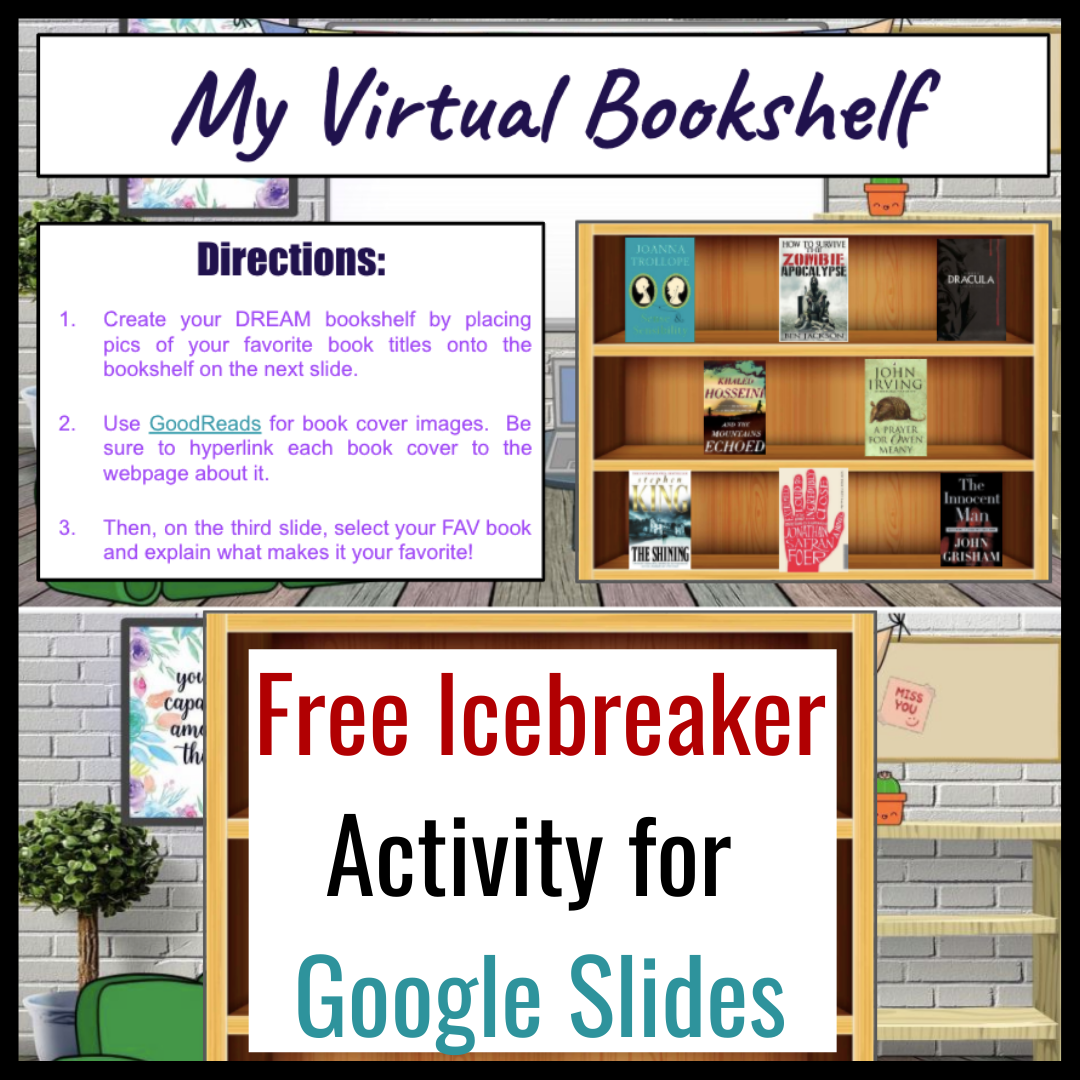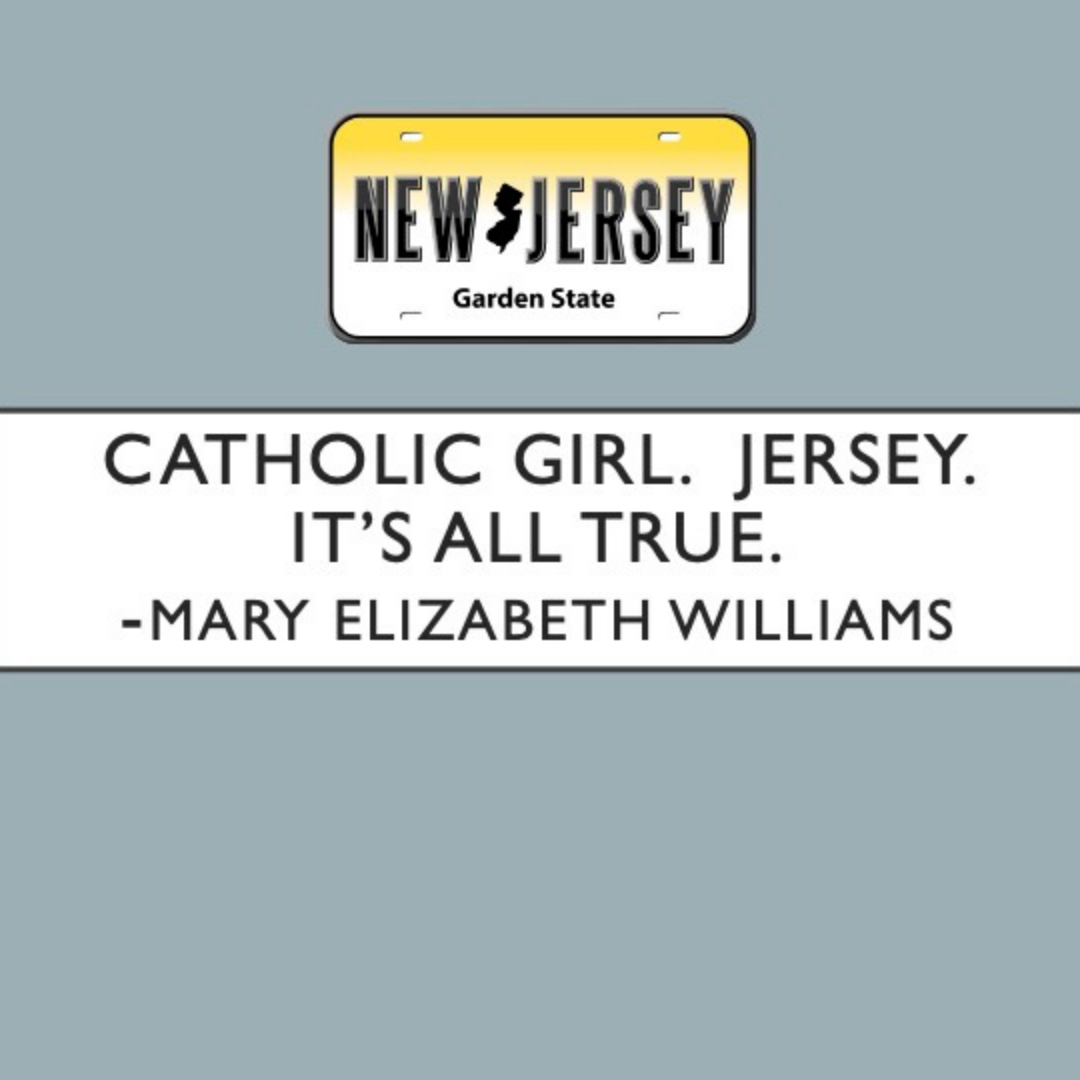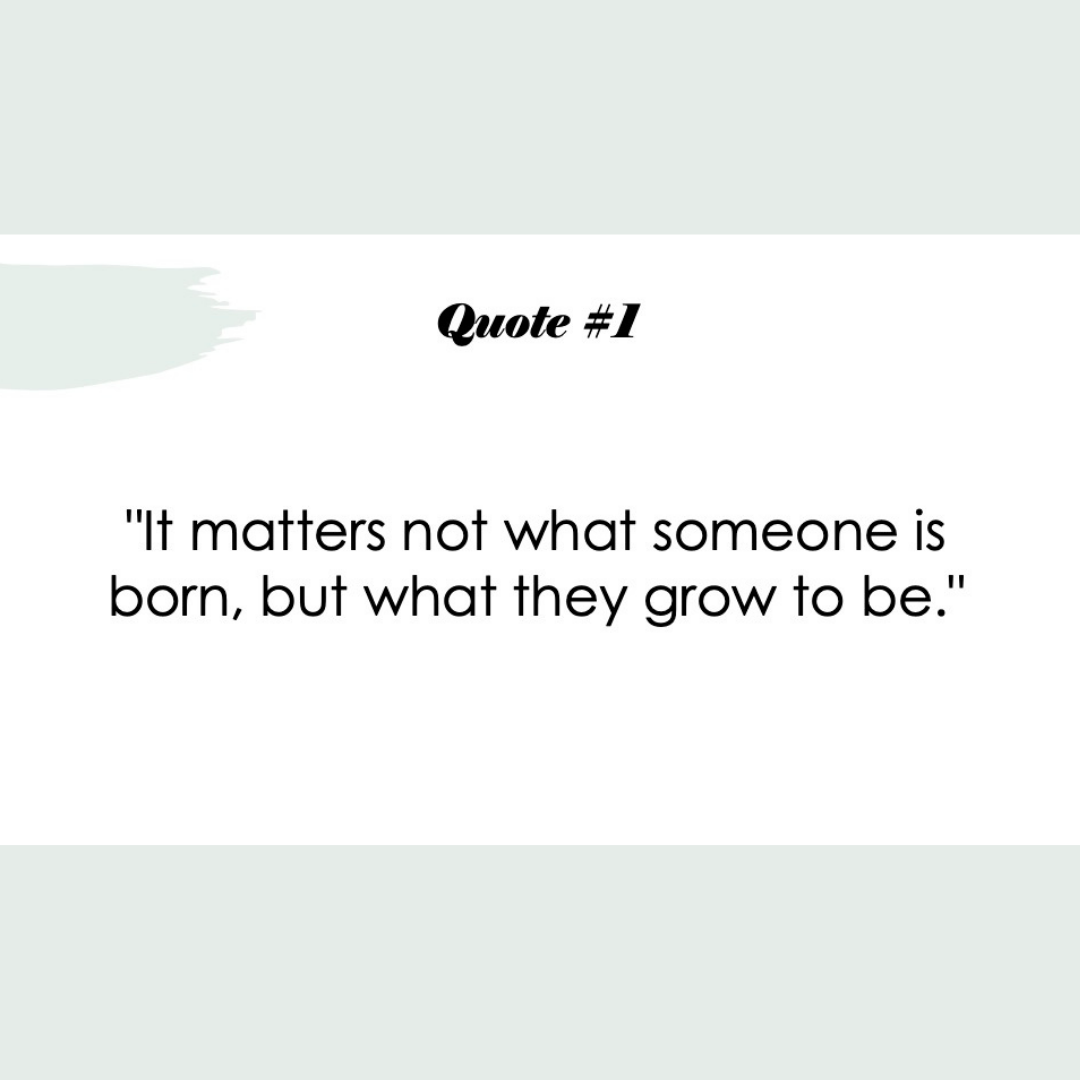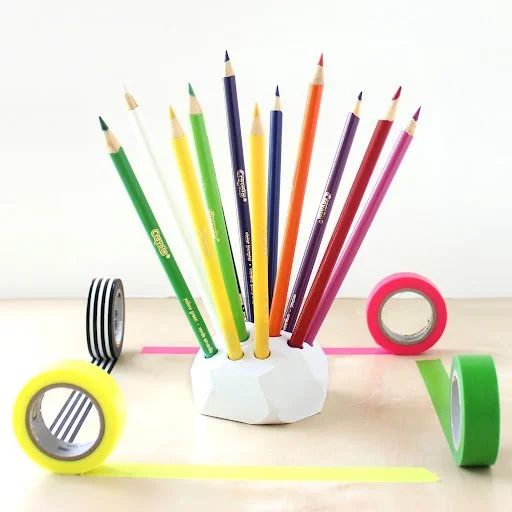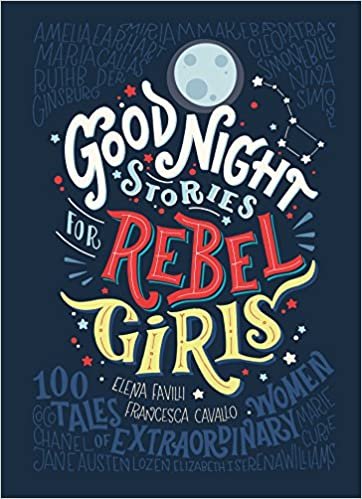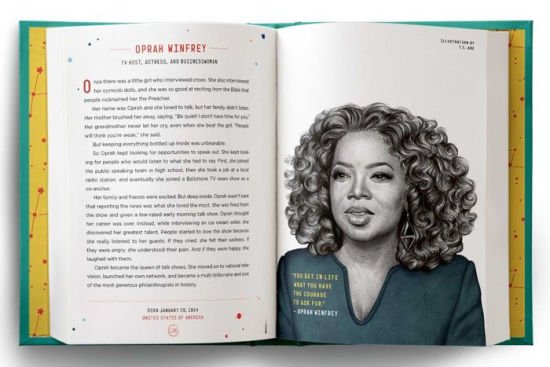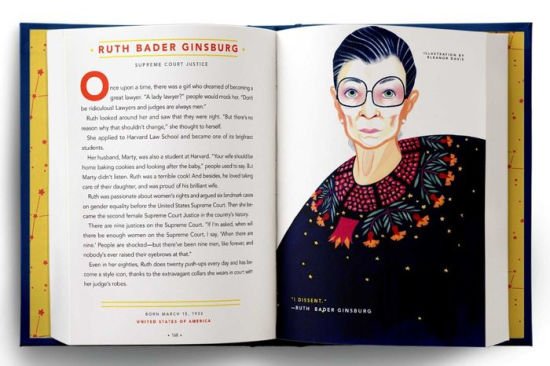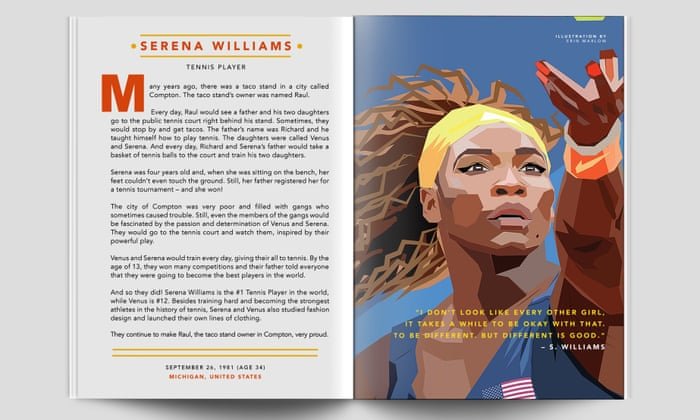Starting a new semester— whether at the beginning of the school year or calendar year— is a time of tough transition as we begin to restart our minds and work habits. It’s a difficult transition for both students, teachers, and administrators— but I don’t have to tell you that. You know that feeling of dread at the beginning of a new term, and there’s no way to sugarcoat it.
However, the beginning of the semester is a pivotal time to reengage students, set classroom expectations, and form new habits. It’s a time to build a classroom community, which is key to increasing student efficacy. It’s a time to capture student interest for your class and get students excited about learning.
But, how can we accomplish this during the first week back to school?
Here are SEVEN engaging activities for the first week back to school in middle school and high school English Language Arts.
Scavenger Hunt
There are lots of ways to use a scavenger hunt at the beginning of a new term. This is an excellent option to use for familiarizing students with the physical classroom, teacher policies, and the syllabus.
The lesson:
Give students a handout of scavenger hunt directions that include questions about the classroom and the course. You can also ask them to find specific items around the physical room or virtual classroom.
Students write down their responses as a team. The first team who wins the scavenger hunt can gain “brownie points” or a prize (like a homework pass). This is up to you!
Here is a FREE, editable scavenger hunt activity for the first week of a new term. You may find it for FREE in the FREE RESOURCE library here on the blog.
Virtual Bookshelf
This is a high-interest activity that is a part of the Bespoke ELA Back to School Icebreaker Activity Bundle found here.
For this activity, students compile a virtual bookshelf of their favorite books! They can grab images of book covers from Goodreads, Amazon, or even Barnes and Noble. After students compile their favorite books, they can then explain their selections and share their bookshelves with a small group or with the whole class.
Six-Word Memoirs
This concept is not a new one in secondary ELA, but it is inspired by a six-word story written by Ernest Hemingway in which he wrote: “For Sale: baby shoes, never worn.” These stories rely heavily on subtext and implying the conflict, plot, and theme. But students can apply this to their own lives and construct a six-word memoir about their previous break (summer or winter). You can find a copy of this PowerPoint in the Freebie Library right here on the blog.
As an extension to this lesson, students can select a six-word memoir and write out the actual story behind the memoir. These work well in conjunction with starting a personal narrative unit, or college essay unit.
Alternatively, students can write six-word memoirs from the perspective(s) of literary characters in texts they’ve read. Then, they can write an explication in which they explain how the character’s six-word memoir aligns with the character in the text. Lots of uses for these!
Famous Literary quotes Game
There’s nothing like using a fun game to hook students from the first day with a little classroom rivalry. Students can divide into teams and take turns guessing the author and/or title of famous literary quotes. I have created a FREE PowerPoint of quotes to use for this game that is available in the Freebie Library.
The rules are simple:
Divide students into groups or teams.
Teams may opt to select a team name.
Decide which group will go first.
Shine the PowerPoint on a screen to show the quotes. The group has 30 seconds to a minute to guess— NO CHEATING PERMITTED! If they do not know the author or title, they can say “PASS,” and the next group gets a chance. The group that gets it correct receives a point.
The group with the most points, WINS! Give out prizes as you deem fit for your students.
Book Craftivity
One thing is for sure— students LOVE making crafts. They love the interaction of the tactile with the metaphorical. Here are some fun, book-inspired craftivities from YouTube creators to get your students creating with their hands! Students can use any of these book crafts to create first week content from journals to character diaries to book reports.
Creating Mini-books out of Paper
Creating a Scrapbook out of Paper
Creating an Original Game Book
Play-doh And the Writing Process
This is a fun, tactile activity that I picked up from an NCTE publication many years ago. You may have heard of it— it’s a metaphorical activity for the writing process using Play-doh!
Here’s how it works!
Give each student a little jar of Play-doh.
Instruct students to create a pencil holder with the Play-doh.
After they create the first draft, instruct students to edit and revise their creation to make it even better.
Have students ask a partner what they could do differently to improve their pencil holders.
Students can then make more changes as necessary.
Have students get out a piece of paper and set their pencil holder on it. Students should name their pencil holders and write the name on the piece of paper to put it on display.
Students can then circulate around the room to look at all of the pencil holders on display.
Finally, students can discuss how this activity relates to the writing process.
Rebel Person Books
My daughter is obsessed with the book Goodnight Stories for Rebel Girls, which consists of biographies of great women throughout history who changed the world and rebelled against societal standards to do so. This book gave me the idea for an argumentative activity— to have students compile their own “Rebel Person” book in which they select ten people (or more) who were trailblazers in their fields.
Students can work in groups to compile their collections and debate the merits of each person’s placement in the book. For differentiation, you could give groups a card stack of 50 names and have them narrow the list down to ten. This will get them interacting and debating with each other as well as doing research to learn about each person.
After groups have decided upon their final selection of people, they can create a book that includes biographies (with citations) for each person as well as a work of art that depicts each person.
What else would you add to this list?
Please share in the comments below!
You might also like:
Six NO PREP Activities for AFTER Break
Three Necessary Lessons for the Beginning of the Year in ELA
Three Strategies for Implementing SEL in Secondary ELA
Related Resource
About the Author
I am Meredith, the founder and creator of TeachWriting.org and Bespoke ELA. I have taught high school English for 10+ years in Dallas, Chicago, and New York City, and I hold a M.A. in Literature from Northwestern University. I have always had a connection to the written word-- through songwriting, screenplay writing, and essay writing-- and I enjoy the process of teaching students how to express their ideas. I enjoy life with my daughter and sweet Yorkie named Teddy.





